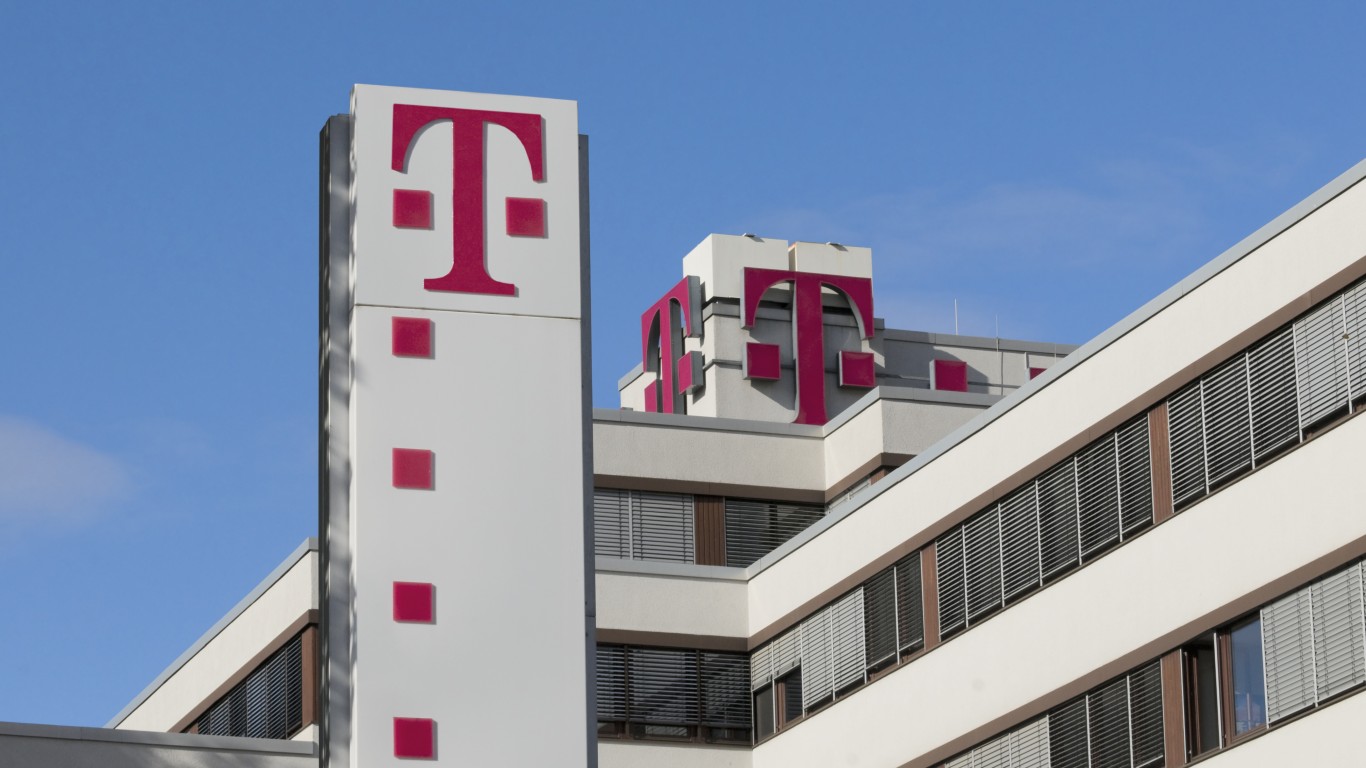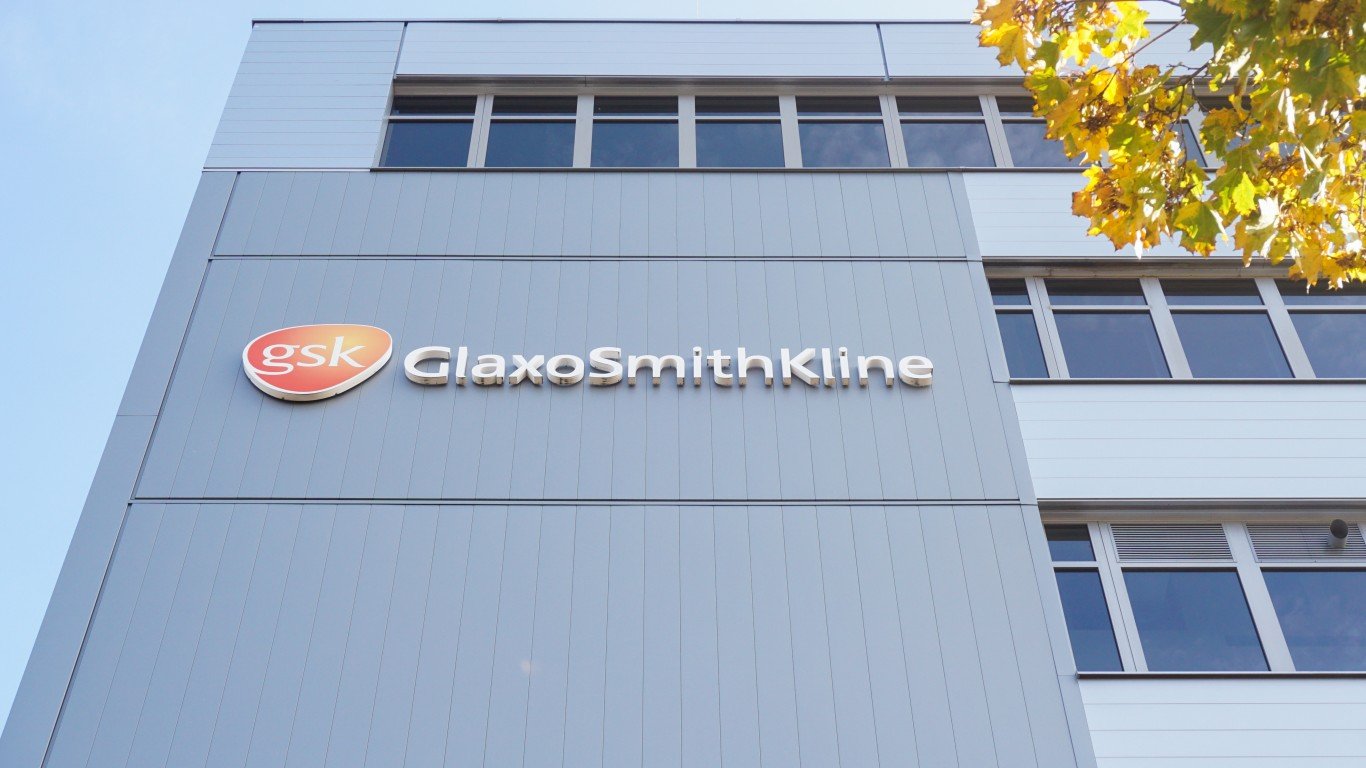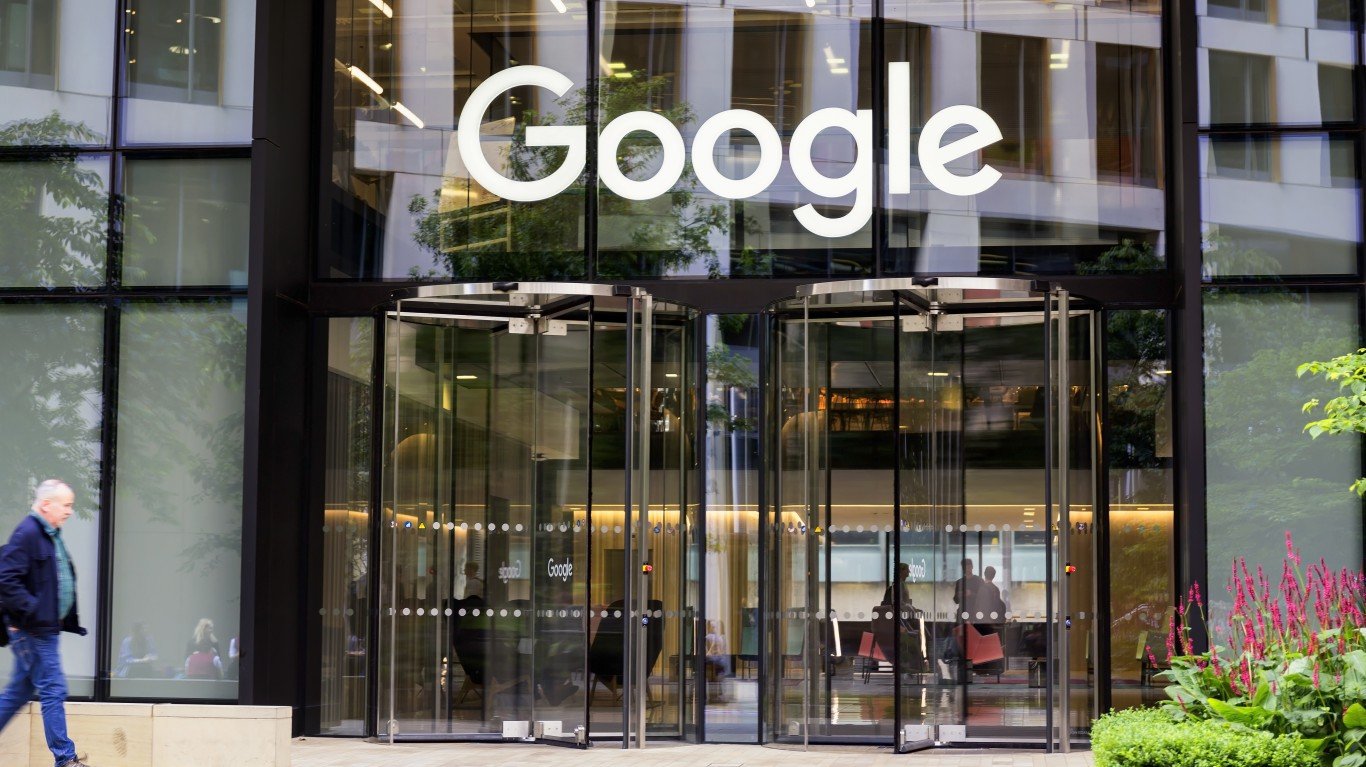
Deutsche Telekom
> Pledge: Net-zero emissions by 2040
> Quality and credibility of climate planning: Low
> Revenue, 2020: $114.0 billion
> Emissions, 2020: 16.4 million metric tons of CO2 equivalent
> Major source of emissions: Use of sold and leased products (38%) and purchased energy (14%).
Out of the 25 assessed companies, only Maersk, Vodafone, and Germany-based Deutsche Telekom commit to deep decarbonization for their entire value chain, but unlike the others, Deutsche scores low on integrity, meaning that the quality and credibility of the company’s climate plan are in question.
As an example, while the telecommunication company is committing to get all of its energy from renewables, about 43% of its energy currently comes from RECs and the alternative energy share of the grid mix, which may include some double-counting and a shift of responsibility for less environmentally friendly energy to other utility customers.

Enel
> Pledge: Net zero by 2050
> Quality and credibility of climate planning: Low
> Revenue, 2020: $73.0 billion
> Emissions, 2020: 97.9 million metric tons of CO2 equivalent
> Major source of emissions: Generation of electricity (46%), retail of third party generated electricity (26%), downstream gas combustion (22%).
Multinational utility company Enel, which generates and distributes electricity and natural gas, owns a significant amount of high emission infrastructure. CCRM praises Enel’s use of 2023 and 2030 interim targets as offering a clearer pathway to net zero in 2050. However, the company provides neither the transparency (“moderate” rating) or a credible strategy (“low” rating) for meeting these goals. For example, the report casts a skeptical eye on Enel’s failure to provide sufficient data on its subsidiaries, where, it is suggested, utilities can shift their least climate friendly assets and thereby appear to be more green.

GlaxoSmithKline
> Pledge: Net-zero carbon by 2030
> Quality and credibility of climate planning: Low
> Revenue, 2020: $45.0 billion
> Emissions, 2019: 16.0 million metric tons of CO2 equivalent
> Major source of emissions: Purchase of goods and services (40%) and use of sold products (40%).
U.K.-based pharmaceutical company GlaxoSmithKline has set aggressive climate targets, committing to 100% renewables by 2025 and net zero emissions by 2030. CCRM found much to criticize in the company’s plan, however, citing incomplete and inconsistent data, lack of planning detail, delays in actions until just before the target dates, and benchmarks that give a false impression of real progress. The company also relies heavily on nature-based offsets to reach its goals.
The report gives special attention to medical inhalers, a major source of emissions as employed by end users of the products. GlaxoSmithKline proposes to begin distribution of much lower emitting devices in 2028 and 2029, in advance of the company’s 2030 net zero target date, though the technology may well be available much earlier.

Google
> Pledge: Carbon free and net zero by 2030
> Quality and credibility of climate planning: Low
> Revenue, 2020: $182.5 billion
> Emissions, 2020: 15.3 million metric tons of CO2 equivalent
> Major source of emissions: Electricity for data centers; use of products.
Google gets low grades for its transparency and the credibility of its climate plan. The report finds Google’s claim to have been carbon neutral since 2007 to be highly misleading, since the company does not include much of its scope 3 impacts, particularly the downstream impacts of its products, including the electricity used by its customers. To the extent it claims neutralization of its emissions through offsets, these offsets are considered to be “highly contentious.”
On the other hand, Google is making significant and credible efforts in scrupulously and transparently increasing alternative energy use within its own operations, supported by hourly monitoring of its energy sources. Unlike other companies that rely heavily on RECs, Google is increasingly employing PPAs (power purchase agreements) and on-site generation in pursuit of its zero emission goals.

Hitachi
> Pledge: Carbon neutrality by 2050
> Quality and credibility of climate planning: Low
> Revenue, 2020: $75.6 billion
> Emissions, 2020: 60.8 million metric tons of CO2 equivalent
> Major source of emissions: Use of sold products (83%), Purchased goods and services (9%).
The only positive message about Japan-based Hitachi’s climate profile is that it is transparent about its emission sources, though detail is lacking for upstream and downstream sources. Otherwise, the industrial conglomerate has given the CCRM very little to go on in assessing its plans to achieve carbon neutrality. For its energy emissions it has largely relied on RECs, with the potential for double-counting, and it has failed to disclose how much of its neutrality will be achieved through offsets.






